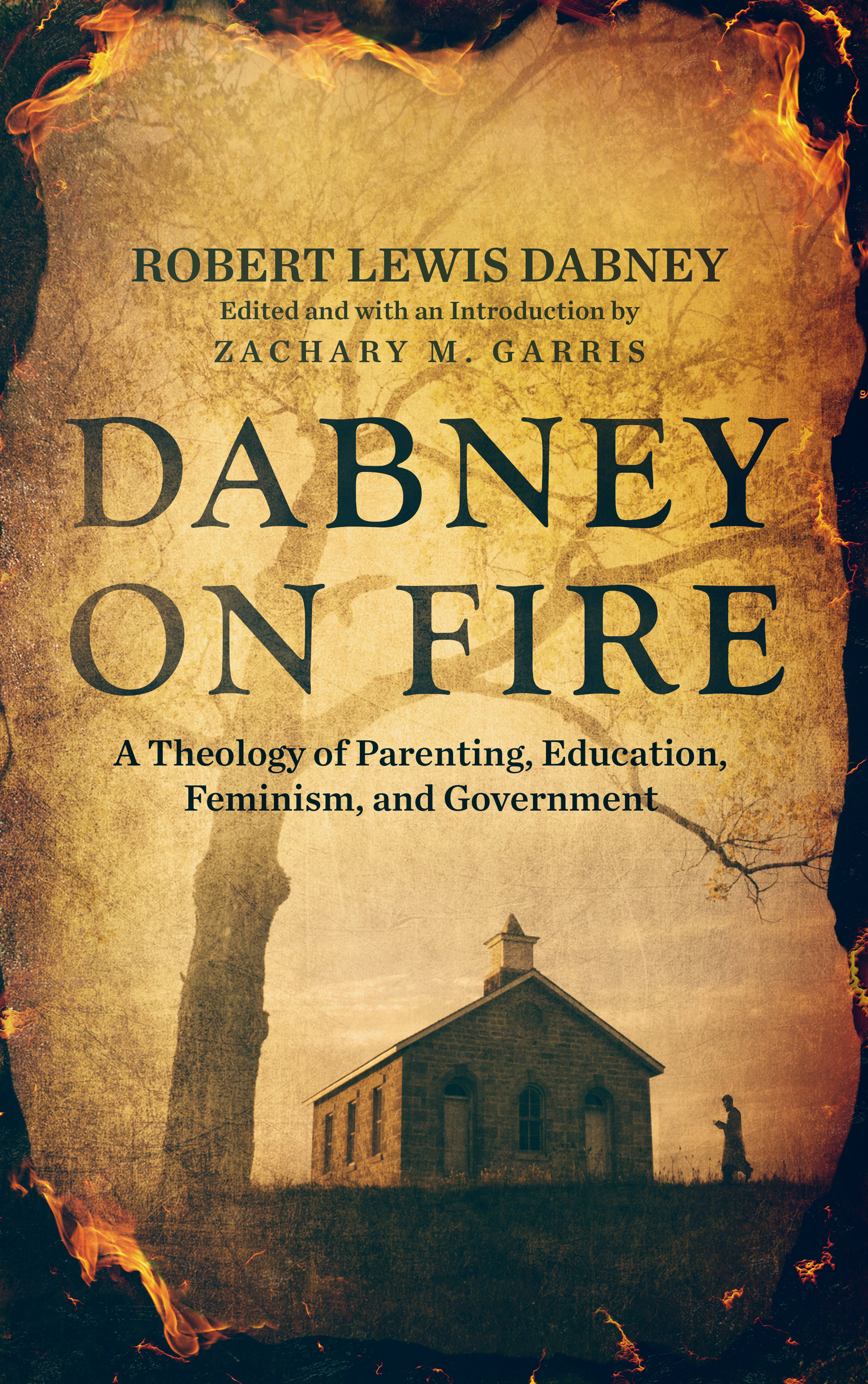Hybrid Homeschooling Offers the Best of Both Worlds
/Many Christians (and non-Christians) have rightfully concluded that America's public schools are a bad option for educating children.
This leaves two other educational options—private school and homeschool.
Each has its advantages and disadvantages (which I have addressed in depth elsewhere).
Private schools can provide structure and knowledgeable teachers for a variety of subjects. However, private schools can be expensive, they require long hours of sitting, they can be inefficient, and students can be a bad influence on one another.
Homeschooling addresses many of the problems with private schools. (1) Homeschooling can be cheap and efficient. (2) It limits influence from bad children. (3) And it provides flexibility, allowing students to work at their own pace and explore areas of interests.
Homeschooling also tends to provide a more enjoyable learning environment, as students do not have to sit in uncomfortable seats all day with no exercise. Furthermore, online video resources are expanding so as to provide high-level instruction in a variety of subjects.
However, sometimes there is no substitute for in-person teachers, and it can be good for children to interact with other students in the classroom (this is the socialization criticism).
What is Hybrid Homeschooling?
Enter hybrid homeschooling. This sort of education seems to provide the best of both worlds.
There are many varieties of hybrid homeschooling. All this means is that parents use some combination of homeschooling and in-person classes.
This could be a homeschool group, where students meet with an instructor (often a parent of someone in the group) for an hour or two once or twice per week.
Or this could be a formal school following the university model, where instructors teach courses that meet twice per week. Sometimes these school operate for two or three days per week, or they could meet just in the mornings.
Either way, there are options out there for those who want some of the benefits of a school but do not want to enroll their children in 35 hours per week of classroom instruction.
Hybrid homeschooling maintains the flexibility of homeschooling, allowing parents and children to choose which courses they will take. Families can work around the parents' strengths and weaknesses, the student's strengths and weaknesses, and areas of interest.
Rethinking Education
The hybrid model does require a schedule, and parents must provide transportation. But the demands are far more limited than the traditional five-day-per-week school.
Many parents already use this sort of model for their high school level children, enrolling them in community colleges to take formal courses in addition to homeschooling.
But there is no reason this model cannot be extended to lower grade levels. Parents who are interested in the hybrid model should seek out homeschool groups, and churches should help organize these groups (or consider starting hybrid schools).
It is great to see that people are starting to rethink how we do school.
The goal of all of this is to educate our children—and for far too long we have assumed the rigid American school system is the best way to do this.
The failures of this system and the successes of alternatives have many thinking outside of the box. And that is a box we desperately need to get out of.



















